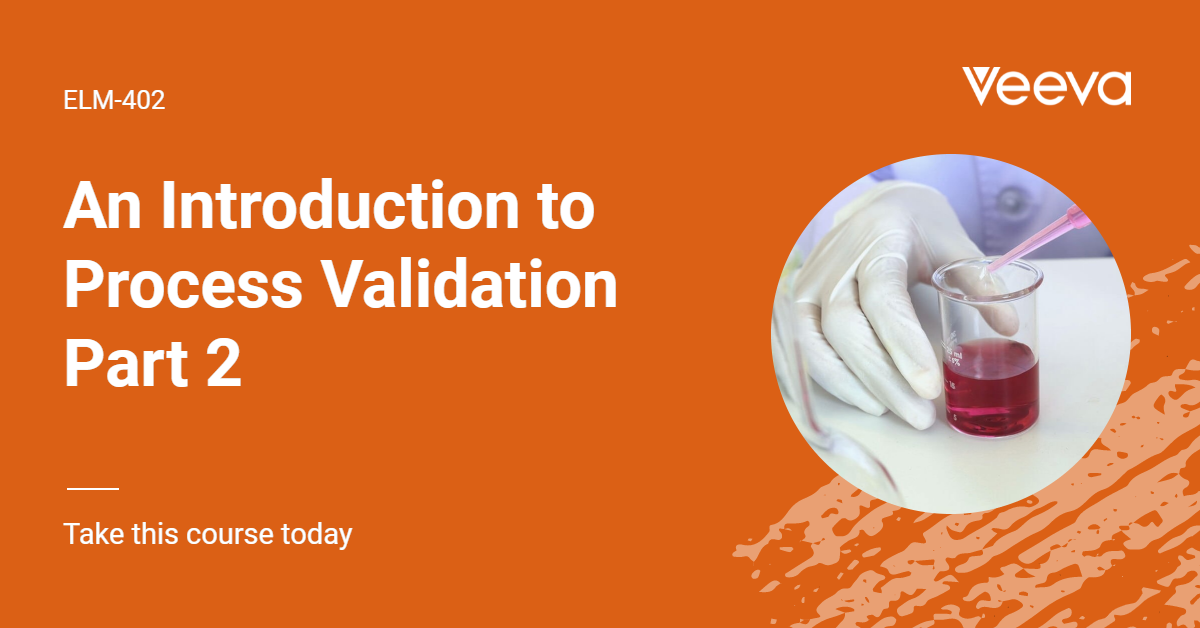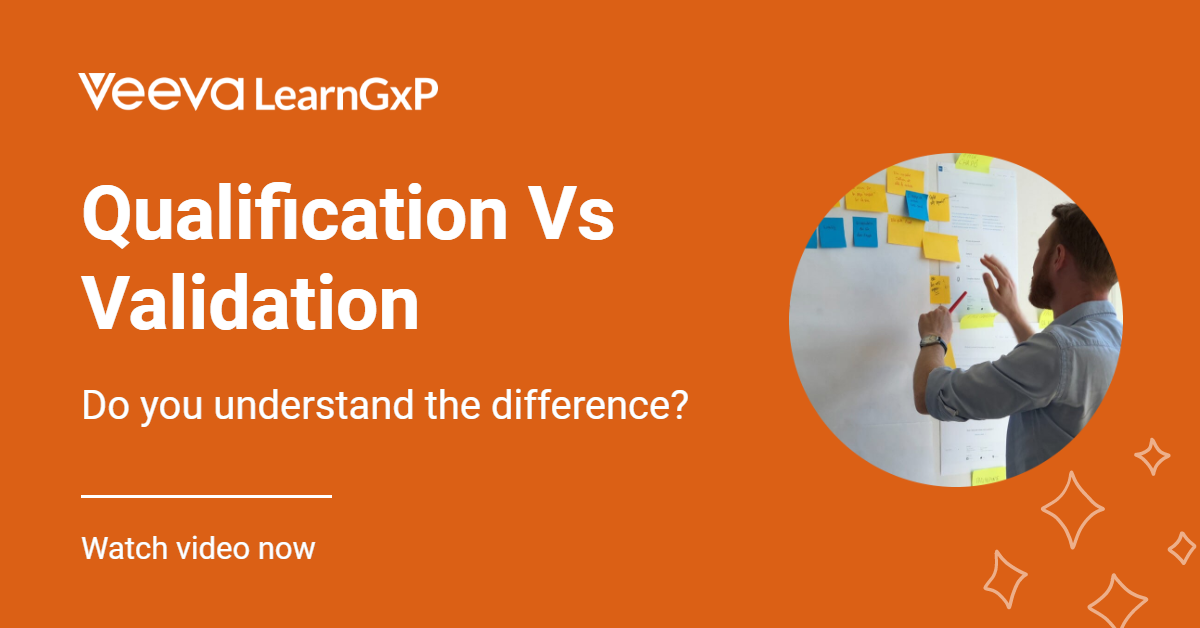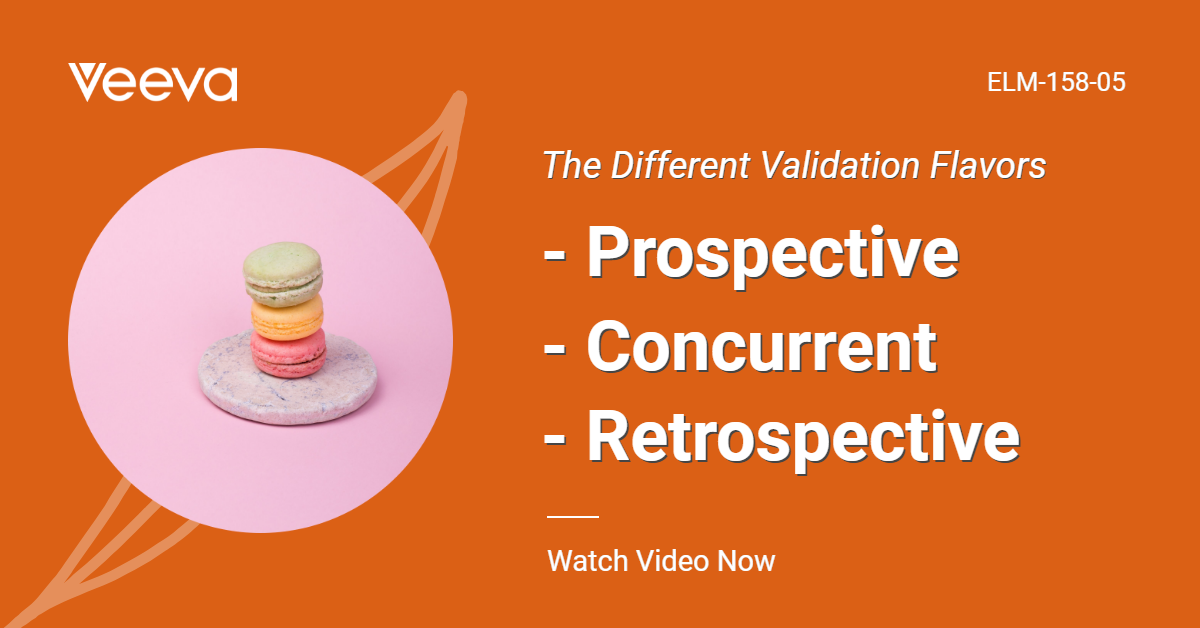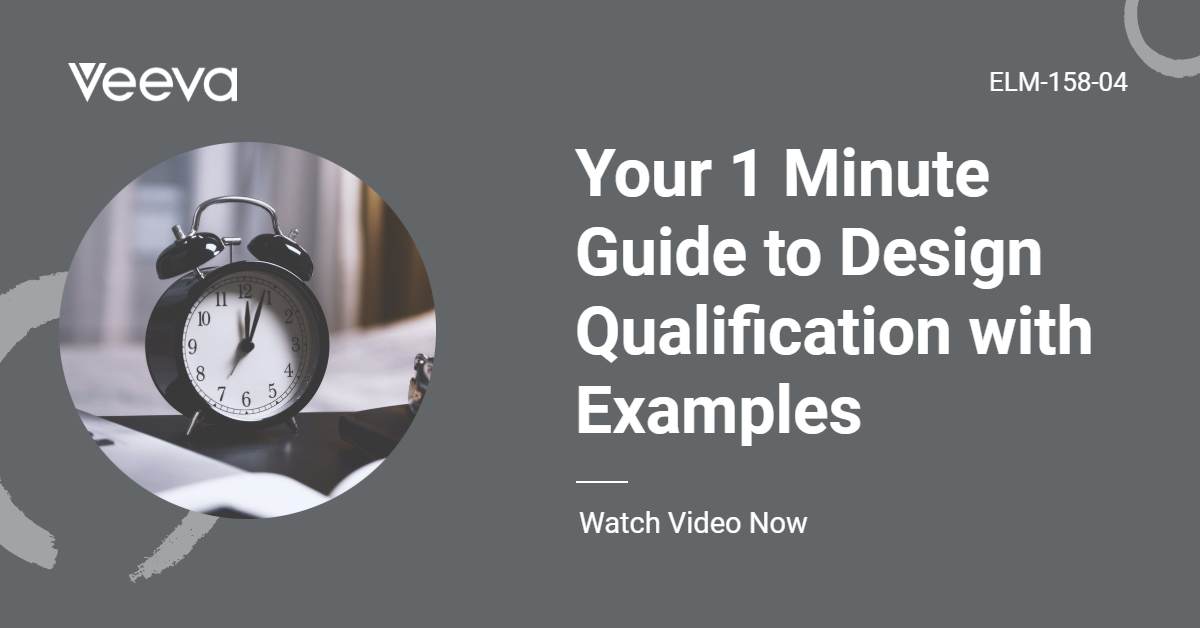Prior to 2011, Process Validation (PV) was defined as
Documented evidence that the process, when operated within established parameters, can perform effectively and reproducibly to produce an intermediate or API meeting its predetermined specifications and quality attributes.
The traditional approach was a check box activity usually focused on improving synthesis, scale-up, improving a unit operation/process step or solving equipment related/technical issues.
The traditional or classical approach included the 4Q’s:
- Design Qualification (DQ): Includes equipment design or selection based upon the needs of the process/product.
- Installation Qualification (IQ): Includes equipment installation requirements and successful installation of equipment. The study also determines if the equipment is suitable for use in the manufacture of a specific device or pharmaceutical (GHTF study group 3, January 2004).
- Operational Qualification (OQ): This study determines if all the requirements for manufacturing conditions can be met by the instruments specifications.
- Performance Qualification (PQ): Produced at manufacture scale, the process is evaluated for reproducibility, effectiveness and consistency over time. A piece of equipment is typically equated with a PQ.
- Process Validation (PV): According to the FDA it is defined as “..establishing documented evidence which provides a high degree of assurance that a specific process will consistently produce a product meeting its predetermined specifications and quality characteristics.” Manufacturing 3 batches successfully at production scale concludes the process validation, validation master plan, requirement specifications and risk assessment.
Modern Approach to Process Validation
Technology has experienced dramatic advances over the last twenty years, and these changes are reflected in the way that the new technology is developed, guided and regulated. The current approach is more focused on risk management, continuous verification and quality by design, which is a product development model consisting of:
- Establishing the project design targets and goals.
- Defining the market and customers that will be targeted.
- Discovering the market, customers, and societal needs.
- Developing the features of the new design that will meet the needs.
- Developing or redevelop the processes to produce the features.
- Developing process controls to be able to transfer the new designs to operations.
This is known as “The lifecycle approach”
This approach makes validation an ongoing process called “continuous verification” and not something done once when a process is first developed. As discussed earlier, the current approach consists of three stages
- Stage 1 – Process Design: where the commercial manufacturing process is defined during based on knowledge gained through development and scale-up activities.
- Stage 2 – Process Qualification: where the process is evaluated to determine that it is capable of reproducible commercial production.
- Stage 3 – Continued Process Verification: which is ongoing assurance is gained during routine production that the process remains in a state of control.
Traditional vs New Life Cycle Approach to Validation
Until January 2011 the FDA’s expectations regarding process validation had been discussed in the 1987 guidance on process validation. In January 2011 the agency finalized and updated guidance bringing it into the modern era of risk management and quality by design.
Much has changed in technology since 1987 when the last guidance document was written. However, this is the guidance that many industries have relied upon since then. In the original guidance, process validation was focused on testing, instrument qualification, and process robustness and repeatability. We will refer to this guidance as the classical or traditional approach to validation.
In this approach the manufacturer performs a minimum of 3 commercial batches for validation and if successful, the validation effort is considered complete, and manufacturer could then routinely use the process to produce the product, without further process validation.
There was no requirement to perform any further ongoing life cycle validation efforts. Whereas with the new “life cycle” approach, which was formalized in new FDA guideline in 2011, validation is a three phase continuous process with ongoing effort for the entire life cycle of the product.





